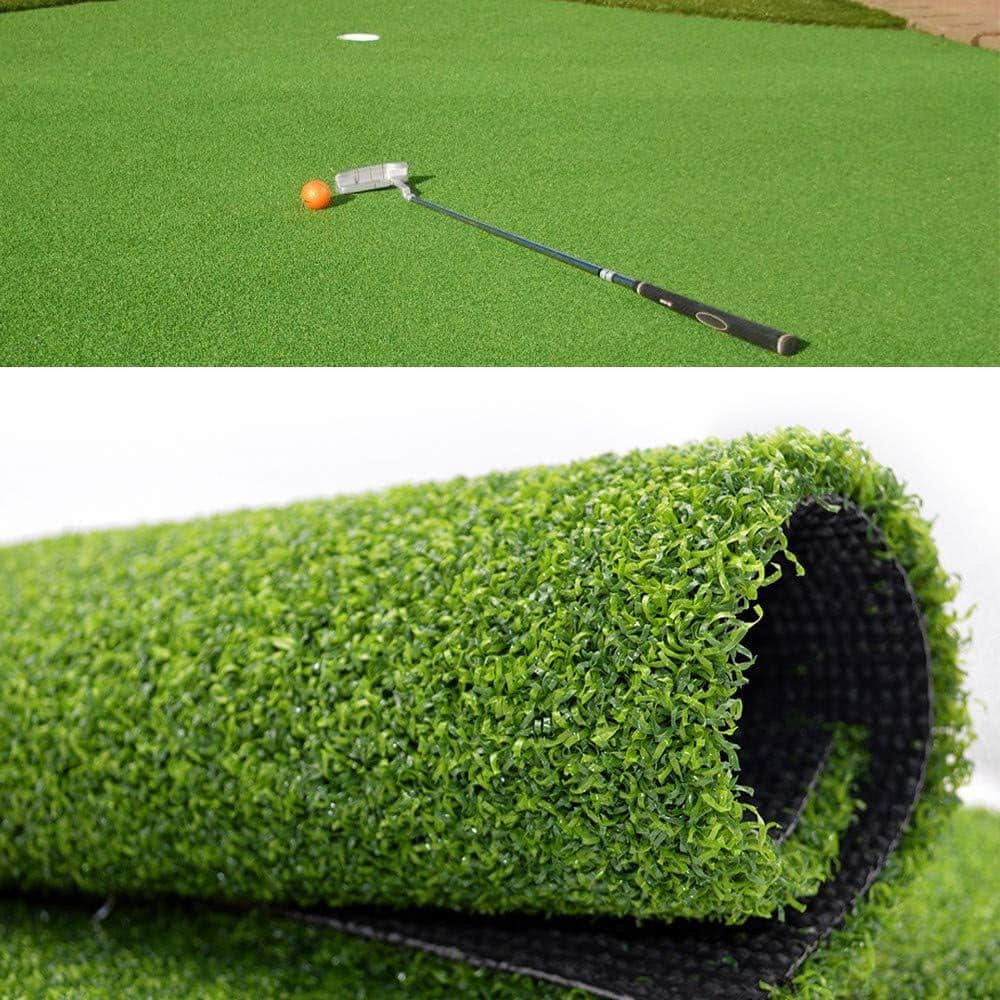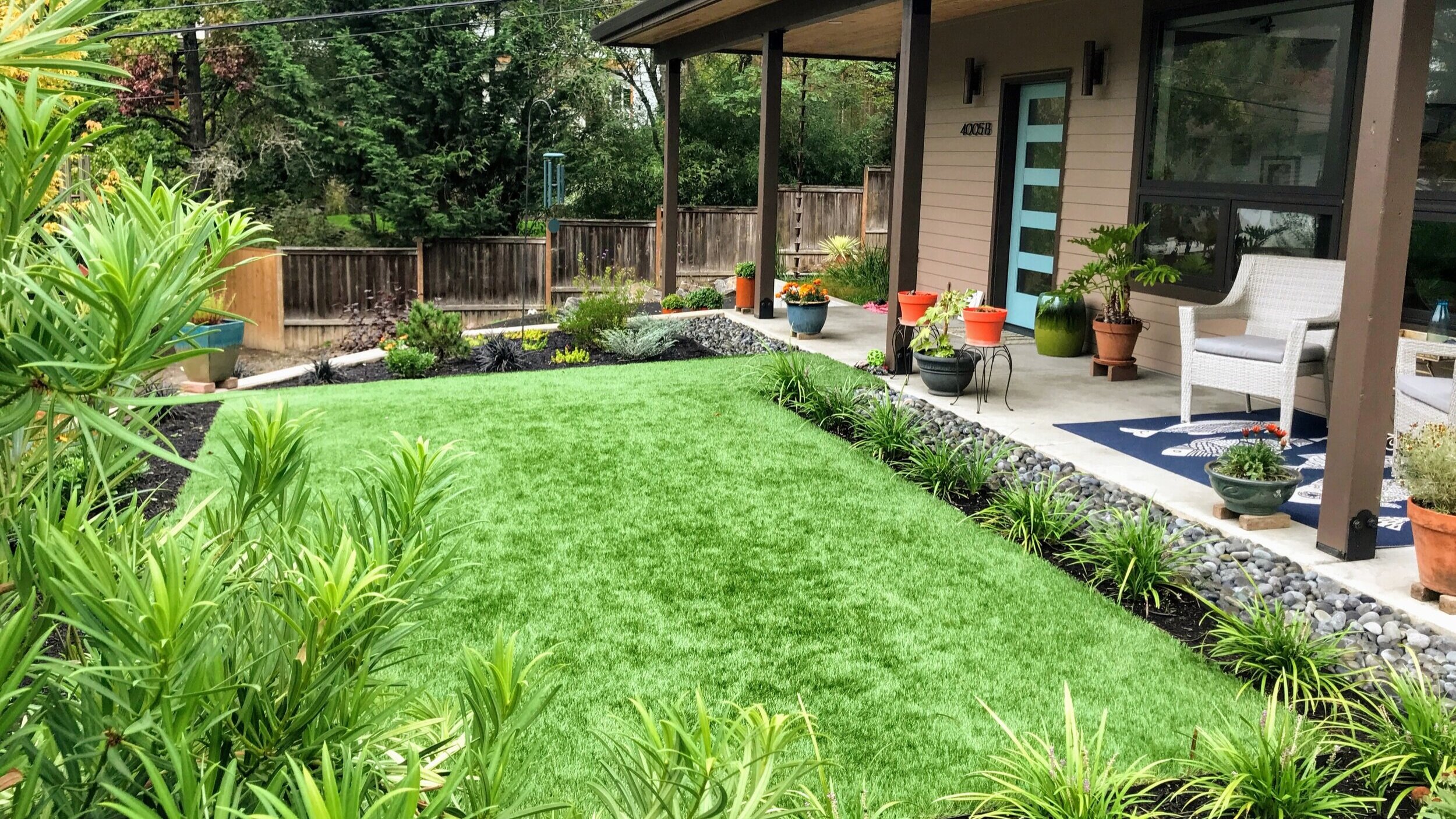See Why Homeowners Prefer Synthetic Grass for Sustainable Landscape Design Practices
As home owners significantly focus on sustainability in landscape design, fabricated grass has actually arised as an engaging option to standard yard. What remains to be explored is the complete range of benefits that artificial grass can offer to property owners and the environment alike.
Water Preservation Conveniences
Among one of the most significant advantages of synthetic grass is its function in water preservation. Conventional lawn yards call for considerable amounts of water to preserve their rich look, frequently bring about overuse of local water resources, especially in dry regions. On the other hand, man-made turf eliminates this need entirely, as it does not call for irrigation. This not just saves water however additionally decreases the pressure on municipal water systems, particularly throughout dry spell problems.
Moreover, the installment of fabricated turf can add to a much more lasting landscape. House owners can dramatically reduce their water expenses, enabling for reallocation of resources to other environmental initiatives or home uses. Furthermore, fabricated grass is made to stand up to various weather problems without the need for additional watering, making it an ideal choice for areas dealing with water deficiency.
The environmental advantages expand past instant water savings. By reducing water intake, artificial lawn assists to reduce the effects of climate adjustment, maintaining vital ecological communities that are intimidated by too much water removal. As lasting landscaping methods acquire grip, synthetic grass becomes a liable choice for property owners looking for to develop environment-friendly outdoor rooms.
Decreased Maintenance Initiatives
Fabricated grass substantially reduces maintenance efforts compared to traditional lawn lawns. With fabricated grass, homeowners can get rid of the time-consuming jobs connected with all-natural landscaping, such as mowing, feeding, and weeding. This not just conserves beneficial time yet additionally reduces physical labor, making yard treatment obtainable for people of any ages.
Among the most notable advantages is the lack of normal mowing. Typical grass require frequent trimming to keep a cosmetically pleasing elevation, whereas synthetic grass remains constantly lush without the demand for reducing. Furthermore, home owners no more require to use chemicals or plant foods, which are usually called for to keep natural turf healthy and balanced. This change not only lightens the workload yet additionally advertises a neater, much more uniform look year-round.
In addition, fabricated lawn is durable and resilient, requiring very little maintenance past occasional cleaning and washing to get rid of debris. This convenience of upkeep allows homeowners to appreciate their outside rooms without the constant worry of upkeep, supplying more time for recreation and household tasks. Eventually, the reduced maintenance efforts linked with fabricated lawn make it an appealing choice for those seeking a low-maintenance, visually appealing landscape.

Ecological Effect Reduction
There is an expanding recognition of the ecological benefits related to synthetic grass, particularly in terms of water conservation and lowered chemical usage. Conventional lawns call for considerable amounts of water, particularly in drought-prone areas, leading to boosted pressure on local water resources. On the other hand, synthetic grass removes the demand for watering, substantially reducing water intake and advertising sustainability.
Furthermore, conventional grass maintenance frequently involves the application of fertilizers, pesticides, and herbicides, which can add to soil and water contamination. Synthetic grass reduces this ecological threat by calling for very little maintenance and practically eliminating the demand for dangerous chemicals. This not only boosts dirt health and wellness but likewise safeguards local environments from hazardous drainage.
Moreover, the production of natural turf lawns generally entails the use of fossil gas for mowing and landscaping tools, further adding to greenhouse gas discharges. By selecting synthetic grass, house owners can dramatically reduce their carbon footprint connected with lawn care activities.
Aesthetic Allure and Adaptability
In enhancement to its ecological advantages, man-made grass uses considerable aesthetic charm and convenience for landscape design. Homeowners can achieve a lush, green look year-round, removing the seasonal changes commonly related to all-natural grass. This consistent aesthetic not only enhances the aesthetic appeal of a home but additionally contributes to a polished and well-maintained appearance.
Additionally, synthetic turf is available in a selection of colors, styles, and appearances, allowing for modification to suit private preferences and design styles - Phoenix turf companies. Whether used in domestic gardens, industrial rooms, or recreational locations, it can effortlessly integrate into varied landscape design designs, from modern minimalist to lavish exotic settings
The flexibility of synthetic grass extends beyond simple appearance; it can be set up in different locations, consisting of rooftops, patios, and also indoor areas, producing possibilities for unique landscaping remedies. Additionally, it is ideal for a series of activities, my sources from youngsters's play locations to pet-friendly environments, offering functionality without compromising design.
Inevitably, the visual charm and adaptability of synthetic grass make it an attractive alternative for house owners seeking sustainable landscaping options that do not sacrifice appeal for environmental responsibility.

Long-Term Price Financial Savings
One of the most engaging benefits of fabricated turf is its capacity for lasting cost savings. Unlike natural grass, which needs normal upkeep-- including mowing, watering, feeding, and bug control-- man-made lawn substantially lowers these continuous costs.
Furthermore, synthetic grass has a life-span of 15 to 25 years, depending upon its quality and use. This sturdiness reduces substitute costs, making it a more cost-effective option over time. The initial financial investment in fabricated grass can often be recouped via the financial savings accumulated over time.
While the in advance cost may seem higher contrasted to turf installation, the cumulative financial savings from more helpful hints reduced maintenance and water usage typically surpass these first expenses. Eventually, the fostering of synthetic grass not just advertises a sustainable landscape design service however additionally offers house owners a financially savvy option that lines up with long-term budgeting goals.
Verdict
Synthetic grass arises as an engaging choice for lasting landscape design, using significant advantages in water preservation, lowered maintenance efforts, and decreased environmental influence. Its visual allure and flexibility boost the visual landscape while straightening with contemporary sustainability objectives. Lasting expense financial savings contribute to its beauty for homeowners. As neighborhoods progressively prioritize environmentally pleasant techniques, the fostering of synthetic grass represents a dynamic action towards achieving durable and sustainable landscapes.
Additionally, fabricated turf is designed to withstand different climatic problems without the requirement for extra watering, making it an optimal selection for areas encountering water shortage. (Turf installation phoenix az)

Artificial grass arises as an engaging alternative for sustainable landscaping, providing considerable benefits in water conservation, lowered upkeep initiatives, and reduced ecological impact.